Creating an indoor aviary transforms your living space into a sanctuary for feathered companions while adding natural beauty to your home. Unlike traditional bird cages, aviaries provide ample room for flight, exploration, and natural behaviors. This comprehensive guide will walk you through everything you need to know about setting up an ideal indoor aviary that balances your birds’ needs with practical considerations for indoor living. Whether you’re a first-time bird owner or looking to upgrade your current setup, these expert tips will help you create a thriving environment your birds will love.
Understanding the Purpose of an Indoor Aviary
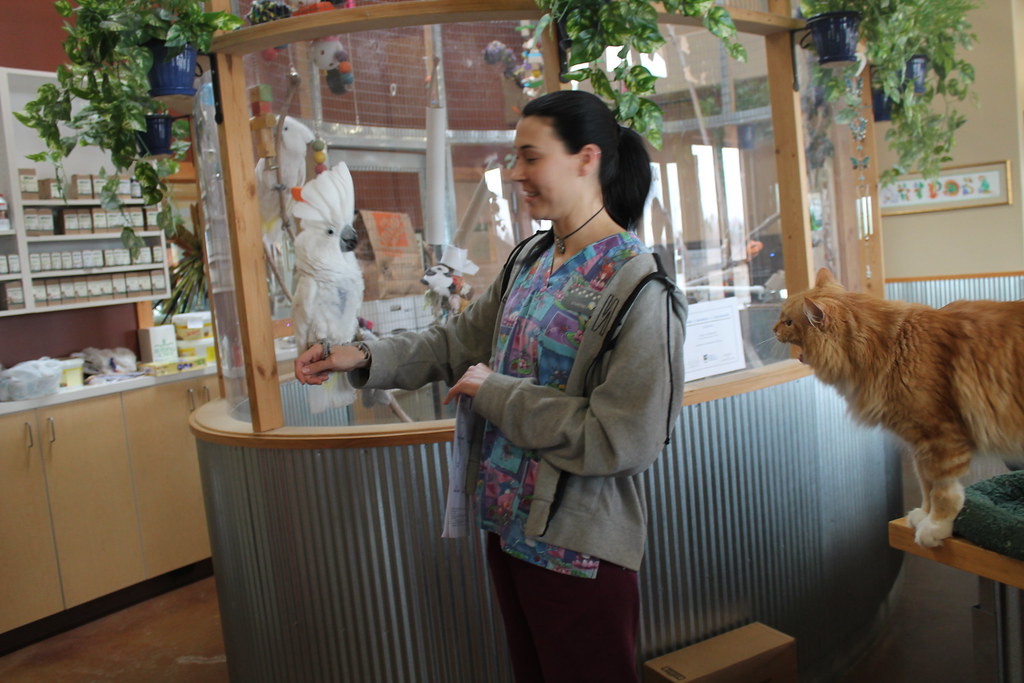
An indoor aviary serves as a spacious habitat that allows birds to engage in natural behaviors like flying, foraging, and socializing in ways that conventional cages simply cannot accommodate. Unlike outdoor aviaries that expose birds to varying weather conditions and potential predators, indoor aviaries offer consistent temperature, protection from weather extremes, and a controlled environment free from unwanted visitors. Additionally, indoor aviaries bring the beauty of avian life directly into your living space, creating a living display of color, movement, and song that can transform the ambiance of your home. Before beginning construction, it’s important to clarify your goals—whether you’re housing a single species, creating a community for compatible birds, or designing a breeding space—as these considerations will influence every aspect of your aviary design.
Selecting the Perfect Location
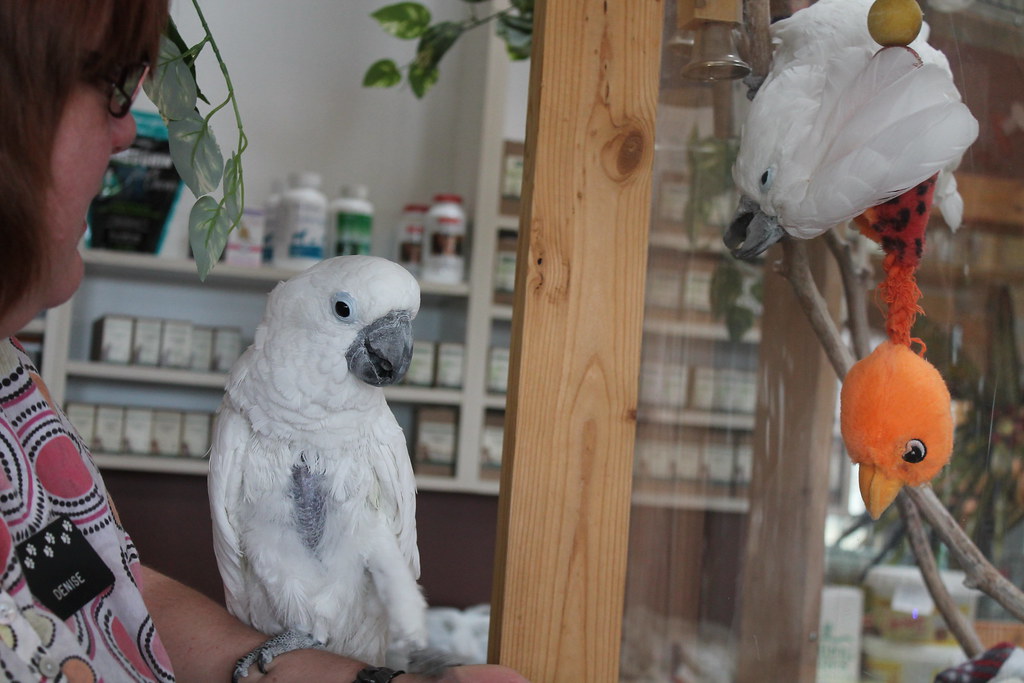
The location of your indoor aviary significantly impacts both your birds’ wellbeing and your enjoyment of them. Choose a room with natural light but avoid placing the aviary in direct sunlight, which can cause overheating or stress your birds. Spare bedrooms, sunrooms, or dedicated corners of living areas work well, provided they maintain consistent temperatures between 65-75°F (18-24°C) without drafts from windows, doors, or air vents. Consider noise factors as well—birds are sensitive to household sounds, so avoid placing aviaries near televisions, laundry rooms, or high-traffic areas that might cause stress. The ideal location should also allow easy access for daily maintenance while providing birds with a view of household activity without making them feel threatened or overly exposed.
Determining the Appropriate Size
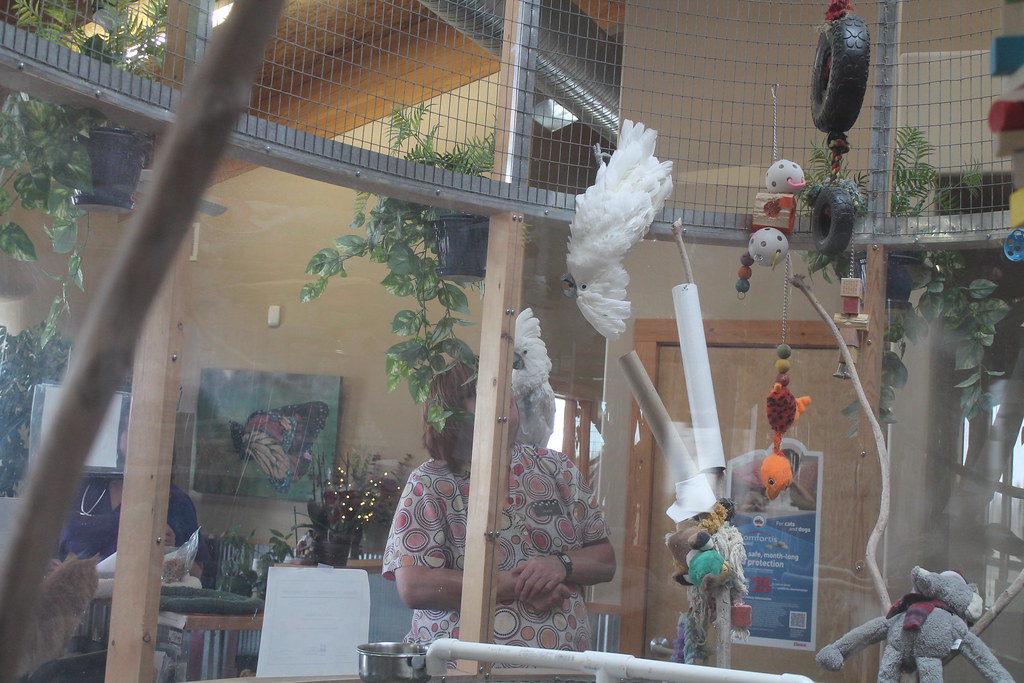
Size requirements for an indoor aviary depend primarily on the species, number of birds, and available space in your home. As a general guideline, larger birds like conures or cockatiels require at least 24 cubic feet per bird, while smaller species like finches or canaries need minimum 8 cubic feet per bird to thrive. When designing your aviary, prioritize horizontal space over vertical height, as most birds fly horizontally rather than vertically in natural settings. Allow enough room for birds to fully extend their wings and fly short distances without obstruction, ideally creating flight paths at least 5 feet in length for small to medium birds. Remember that while space constraints might be a reality, excessive crowding leads to stress, aggression, and health problems, so it’s better to house fewer birds comfortably than to compromise their wellbeing by overcrowding.
Selecting Appropriate Materials
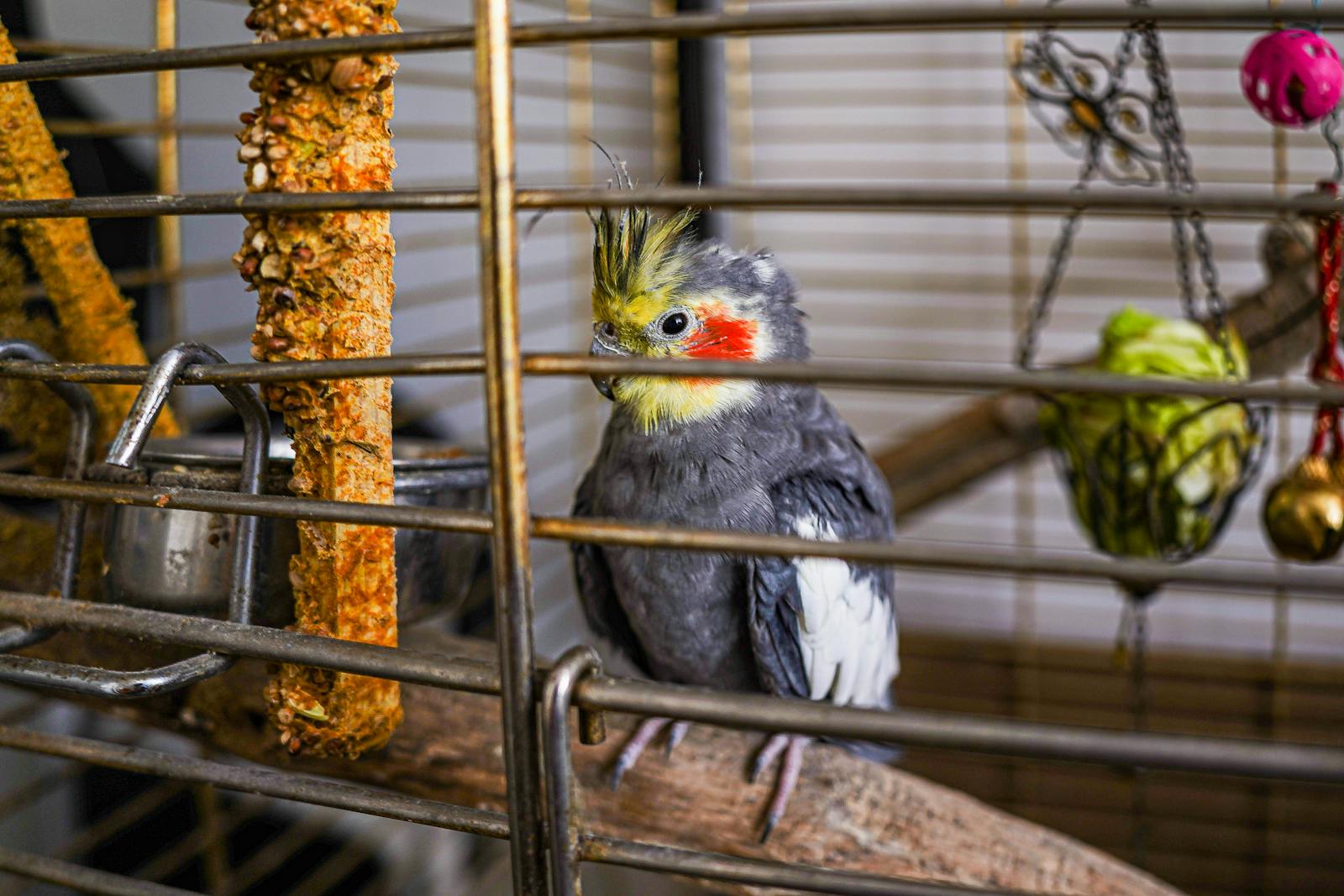
The materials you choose for your indoor aviary should balance durability, bird safety, aesthetic appeal, and ease of cleaning. For the frame, powder-coated aluminum or stainless steel offers excellent durability without risk of rust or zinc poisoning that can occur with galvanized metals. Wire mesh should be powder-coated or stainless steel with spacing appropriate for your bird species—generally 1/2″ for small birds and 1″ for larger species—to prevent escapes while maximizing visibility. Avoid traditional household materials like treated wood (which contains toxic chemicals), lead-based paints, or materials containing zinc, copper, or lead that can cause poisoning if chewed. For the aviary floor, consider removable trays lined with butcher paper, newspaper, or specialized cage liners that can be easily replaced during cleaning sessions. All construction materials should be non-toxic, durable enough to withstand pecking, and smooth enough to prevent injury during flight or play.
Creating a Functional Design
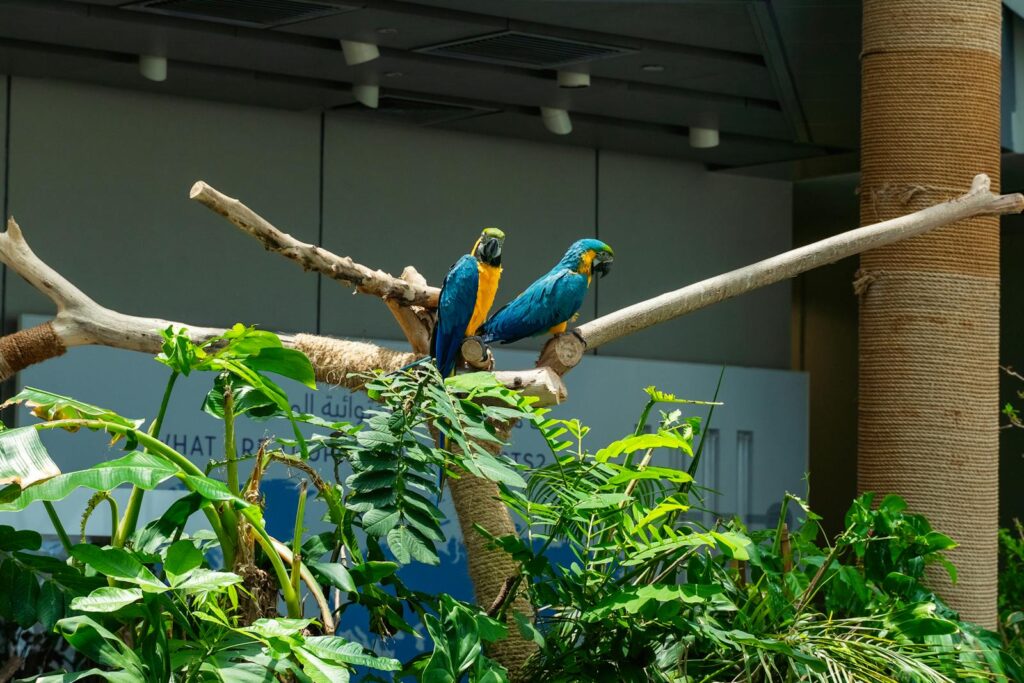
A well-designed indoor aviary balances functionality with aesthetic appeal to enhance both your birds’ quality of life and your living space. Incorporate multiple access points—at least one large maintenance door for cleaning and several smaller doors for daily feeding and interaction—positioned for convenience without disrupting the birds’ established territories. Include built-in features like removable waste trays, integrated feed stations, and strategically placed perches at varying heights that allow birds to move freely throughout the space. Consider a modular design that can be expanded or reconfigured as your collection grows or needs change. When planning your layout, ensure that feeding stations, perches, and toys are positioned to prevent waste from contaminating food or water sources below. The ideal design also accounts for your home’s aesthetic, with shapes, colors, and finishes that complement your existing decor while still prioritizing your birds’ practical needs.
Setting Up Proper Ventilation
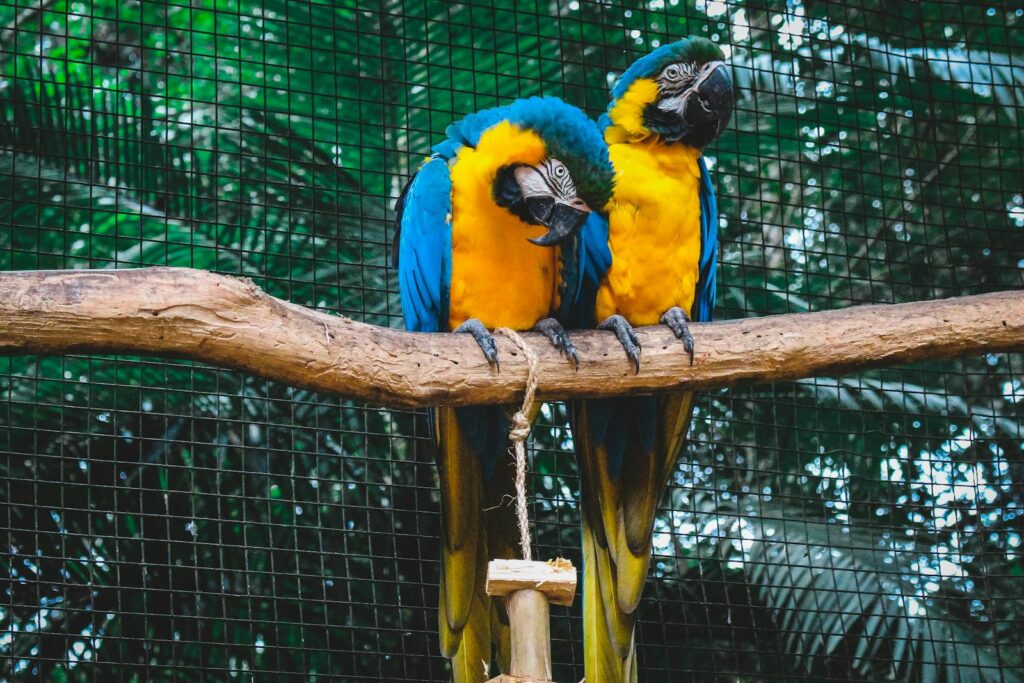
Proper ventilation in an indoor aviary is crucial for preventing respiratory issues and maintaining air quality for both birds and humans. Stagnant air can lead to dangerous buildups of dust, dander, and potentially harmful ammonia from droppings. Install a combination of passive ventilation (mesh panels, vents) and active systems (small fans, air purifiers with HEPA filters) to ensure constant air circulation without creating drafts that could chill your birds. Position the aviary away from cooking areas, smoking zones, or rooms with fireplaces, as birds have highly sensitive respiratory systems that can be damaged by fumes, smoke, or aerosols. Consider adding bird-safe plants like spider plants or boston ferns near the aviary to naturally improve air quality and humidity levels. Remember that proper ventilation not only benefits respiratory health but also helps regulate temperature and humidity within the aviary, creating a more comfortable environment year-round.
Installing Appropriate Lighting
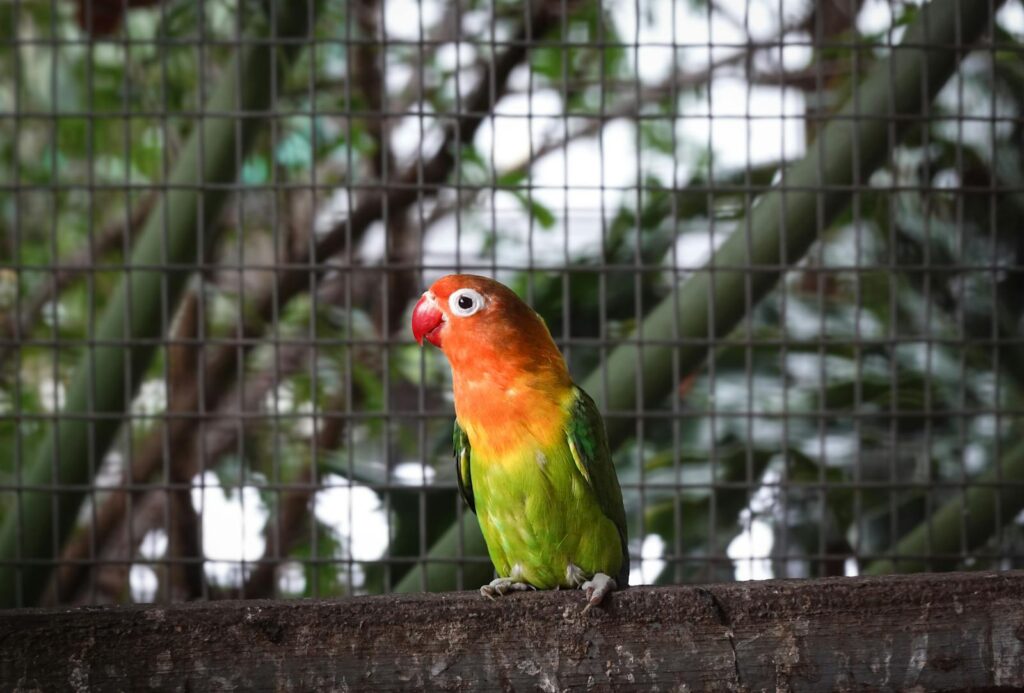
Lighting plays a pivotal role in bird health, affecting everything from mood and behavior to breeding cycles and vitamin D synthesis. Position your aviary where it receives indirect natural light for several hours daily, as this helps maintain birds’ natural circadian rhythms and promotes vitamin D production. Supplement natural light with full-spectrum avian lights designed specifically for birds, which provide the UVA and UVB rays essential for calcium metabolism and overall health. Establish a consistent lighting schedule that mimics natural daylight patterns—generally 10-12 hours of light and 12-14 hours of darkness—using timers to maintain consistency even when you’re away. Avoid placing the aviary under flickering lights or in rooms where lights are frequently turned on and off, as this can cause stress and behavioral problems in sensitive species.
Temperature and Humidity Control
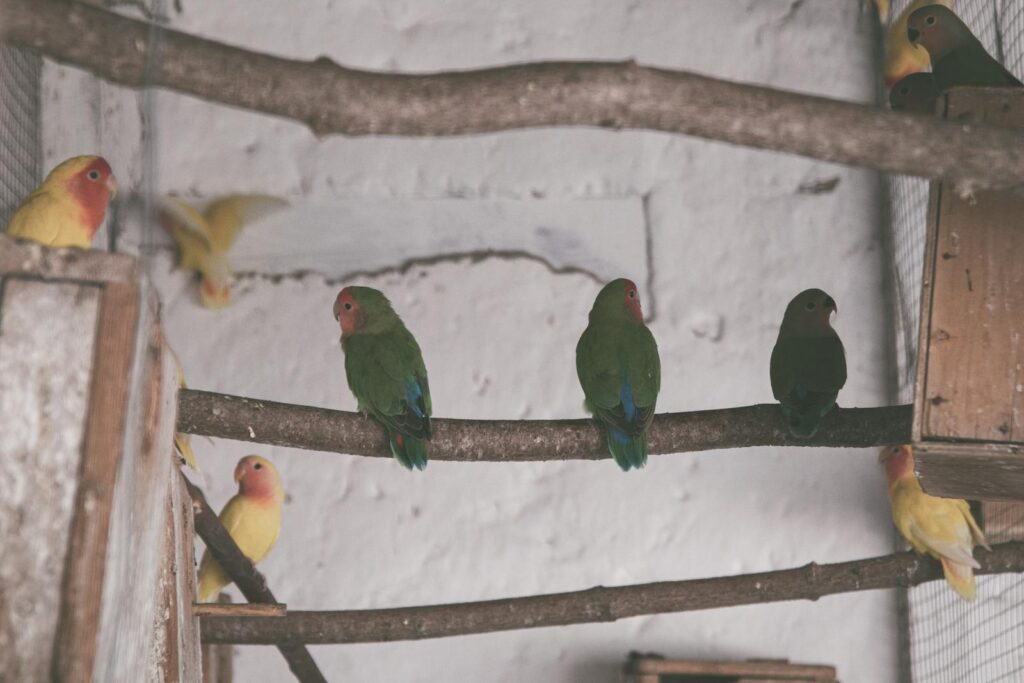
Maintaining appropriate temperature and humidity levels is essential for your birds’ health and comfort in an indoor aviary. Most companion birds thrive in temperatures between 65-75°F (18-24°C), though specific requirements vary by species—African parrots may prefer warmer conditions, while birds from temperate regions may tolerate cooler temperatures. Install a reliable thermometer and hygrometer to monitor conditions, keeping humidity generally between 40-60% to prevent respiratory issues and skin problems. Place the aviary away from radiators, air conditioning vents, or frequently opened windows that could create temperature fluctuations or drafts. Consider using a humidifier during dry winter months and a dehumidifier during humid summers if your home’s natural conditions fall outside the ideal range. Be particularly attentive to temperature and humidity during extreme weather events when indoor conditions may fluctuate more dramatically despite climate control systems.
Providing Enrichment and Natural Elements
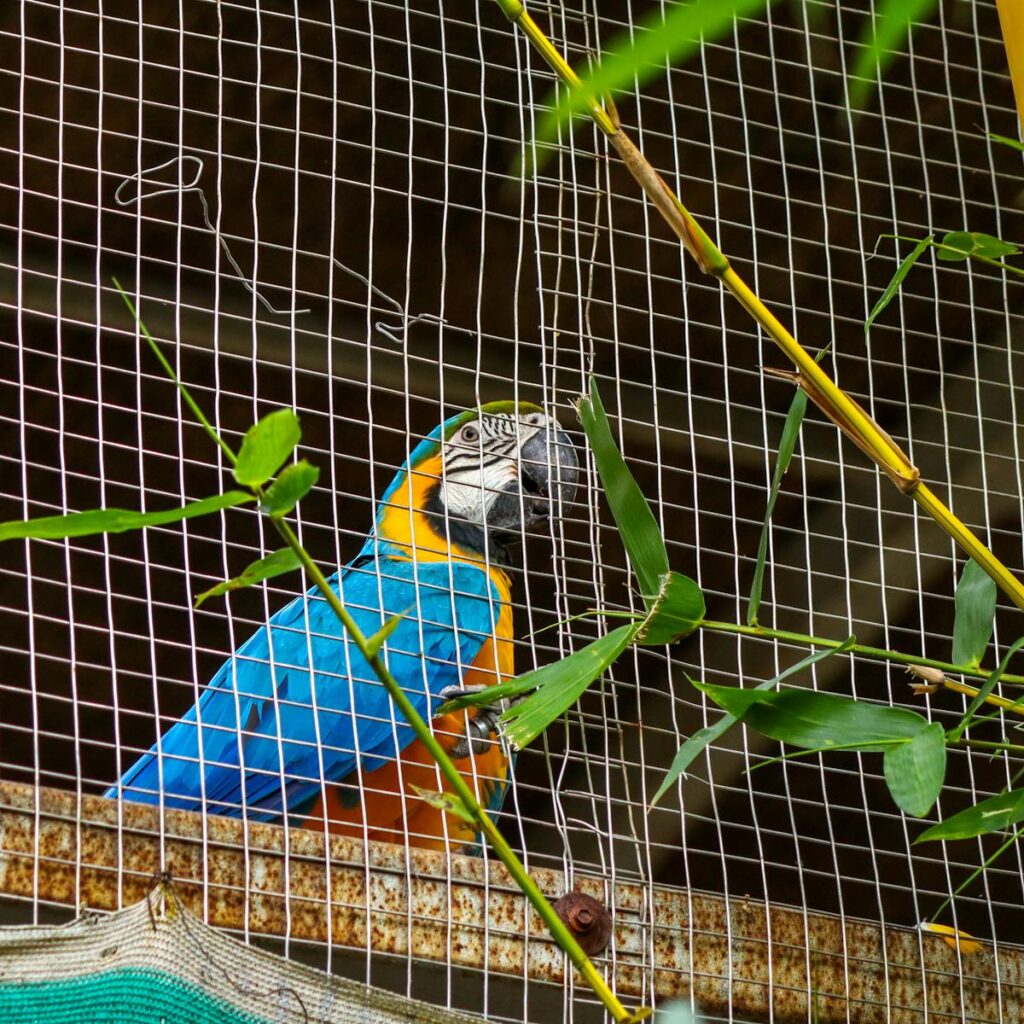
Enrichment transforms a basic aviary into a stimulating environment that encourages natural behaviors and prevents boredom-related issues like feather plucking or excessive vocalization. Incorporate a variety of perches made from natural, untreated branches of different diameters and textures to promote foot health and provide comfortable resting spots at various heights. Add bird-safe plants like potted herbs, spider plants, or bamboo (ensuring they haven’t been treated with pesticides) to create hiding spots and foraging opportunities. Design the space with multiple feeding stations that encourage movement, puzzle feeders that stimulate problem-solving, and rotating toys that provide novel experiences. Include natural elements like large pieces of sterilized driftwood, non-toxic dried flowers, or coconut husk hideaways that birds can explore, shred, or incorporate into play behaviors. Remember to rotate enrichment items regularly to maintain interest and stimulation, introducing new elements while temporarily removing others to create an ever-changing environment.
Implementing Practical Feeding Stations

Well-designed feeding stations are crucial for maintaining cleanliness and ensuring proper nutrition in your indoor aviary. Install multiple feeding areas throughout the space to reduce competition and accommodate natural feeding behaviors—some species prefer ground feeding while others eat at various heights. Choose feeding dishes that are easy to remove for cleaning and refilling, preferably with designs that prevent birds from sitting directly in their food or water and contaminating it with droppings. Position food and water stations away from perches to minimize contamination, and consider specialized feeders that reduce waste by preventing birds from flinging seeds. For wet foods like fruits, vegetables, or soft mixes, use removable stainless steel dishes that can be thoroughly sanitized daily to prevent bacterial growth. Create dedicated areas for different food types—separate stations for seeds, fresh foods, and treats—to help maintain organization while encouraging birds to move throughout the aviary during feeding times.
Creating an Effective Cleaning System
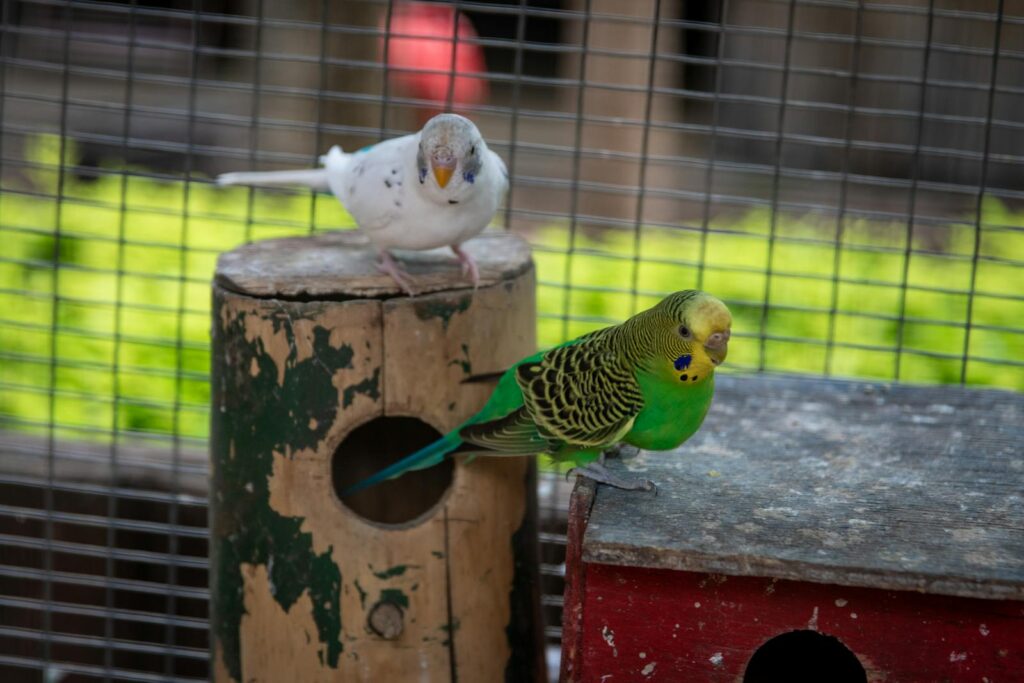
A systematic approach to cleaning makes maintaining an indoor aviary manageable and ensures a healthy environment for your birds. Design your aviary with removable floor trays or grates that allow waste to fall through to collection areas below, making daily spot cleaning faster and more efficient. Establish a cleaning schedule that includes daily tasks (replacing liner papers, cleaning food and water dishes), weekly duties (wiping down perches, removing accumulated waste from corners), and monthly deep cleaning (sanitizing all surfaces, replacing perches or toys as needed). Choose cleaning products carefully—avoid household cleaners with harsh chemicals, phenols, or strong fragrances in favor of avian-safe disinfectants like diluted vinegar solutions or specialized bird-safe cleaners. Install water-resistant flooring in the room housing your aviary to protect against inevitable splashes and spills, and consider keeping a handheld vacuum nearby for quick cleanup of scattered seeds or hulls that escape the aviary boundaries.
Addressing Noise and Mess Management
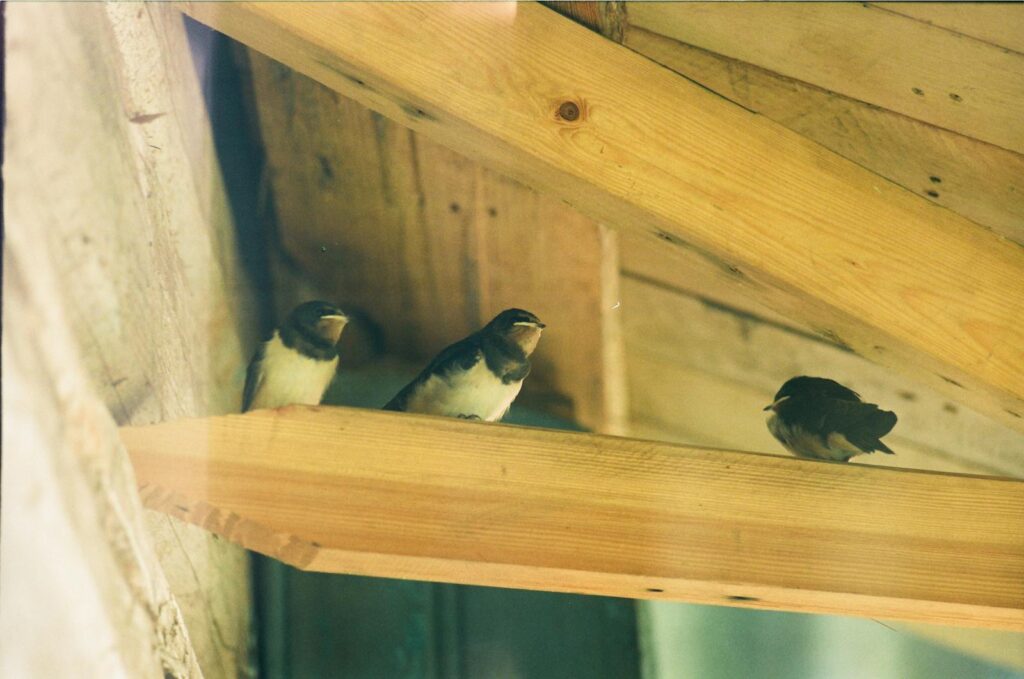
Indoor aviaries inevitably create some noise and mess, but thoughtful design can minimize these challenges. Soundproof the aviary area by installing acoustic panels on nearby walls, using thick curtains on windows, and placing rubber matting under the aviary to absorb vibrations and reduce sound transmission to neighbors or other rooms. For mess containment, install clear acrylic panels or fine mesh screens around the lower portion of the aviary to prevent seed husks, feathers, and other debris from scattering widely throughout your home. Choose seed varieties with minimal hulls or consider hull-less seed mixes specially formulated to reduce mess, and provide bathing opportunities in contained areas using specialized bird baths rather than open dishes that splash water widely. Establish a regular vacuuming schedule around the aviary perimeter, and consider investing in an air purifier with a HEPA filter to capture airborne dander and dust that inevitably results from housing birds indoors.
Ensuring Safety and Security
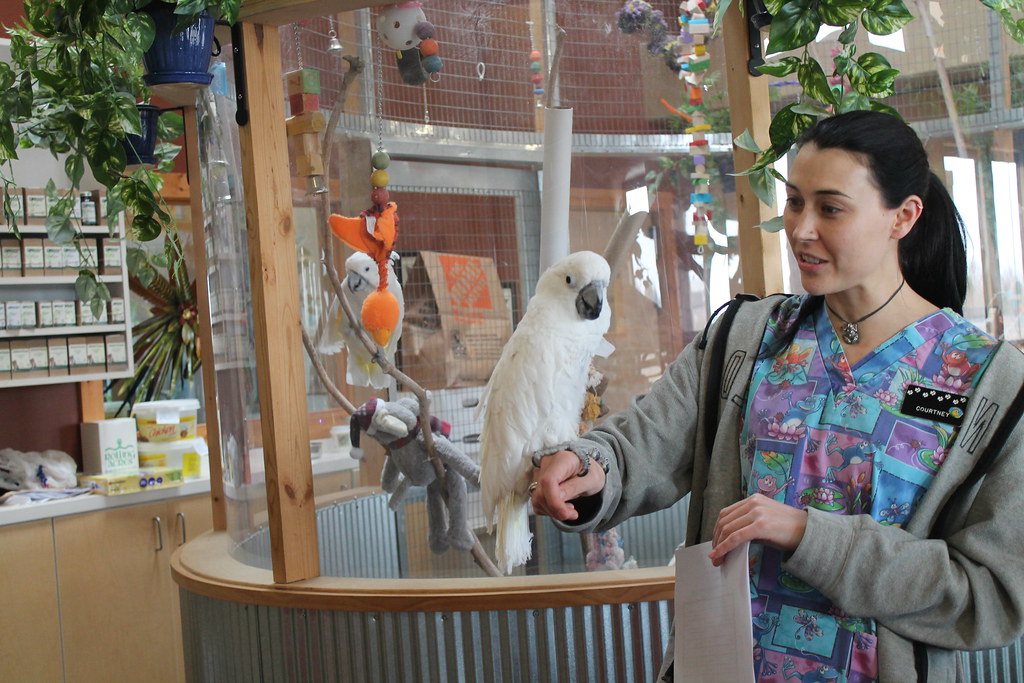
Creating a safe environment requires attention to both the aviary’s physical security and the broader household environment. Install secure locks on all aviary doors to prevent accidental escapes or unauthorized access by children or other pets. Carefully inspect the entire structure regularly for potential hazards like protruding wires, loose hardware, or developing gaps in construction that could cause injury or provide escape routes. Bird-proof the room containing your aviary by removing toxic houseplants, covering windows to prevent birds from flying into glass if they escape, and ensuring that ceiling fans are off when birds might be out for supervised flight time. Create an emergency plan that includes quick-access carriers for each bird in case of fire or other household emergencies, and post contact information for avian veterinarians and emergency services near the aviary. Consider installing a simple camera system to monitor your birds when you’re away, providing peace of mind and the ability to check on their welfare remotely.
Monitoring Bird Health and Behavior

A well-designed indoor aviary allows for easy observation of your birds’ health and behavior patterns, essential for early detection of potential problems. Create observation points where you can quietly watch your birds without disturbing them, noting eating habits, social interactions, and activity levels that establish a baseline for normal behavior. Keep a dedicated health journal for each bird, noting weight (measured regularly with a small digital scale), appearance changes, dietary preferences, and any unusual behaviors that might indicate health concerns. Position the aviary where you can easily observe droppings, as changes in consistency, color, or volume often provide the first indication of developing health issues. Establish relationships with avian veterinarians before emergencies arise, scheduling regular wellness exams and maintaining current records of preventative care. Remember that birds are masters at concealing illness as a survival mechanism, making consistent observation and documentation crucial for detecting subtle changes that might indicate developing health problems.
Creating the perfect indoor aviary balances art and science, combining the practical needs of your birds with the aesthetic and functional requirements of your home. By thoughtfully addressing location, size, materials, and environmental factors, you can create a sanctuary that enhances both your birds’ quality of life and your enjoyment of them. Remember that an aviary is an evolving project—observe your birds’ behaviors and preferences, then adapt the environment to better meet their needs over time. With proper planning, maintenance, and attention to detail, your indoor aviary will become the centerpiece of your home, providing years of joy as you observe your feathered companions thrive in their custom-designed habitat.

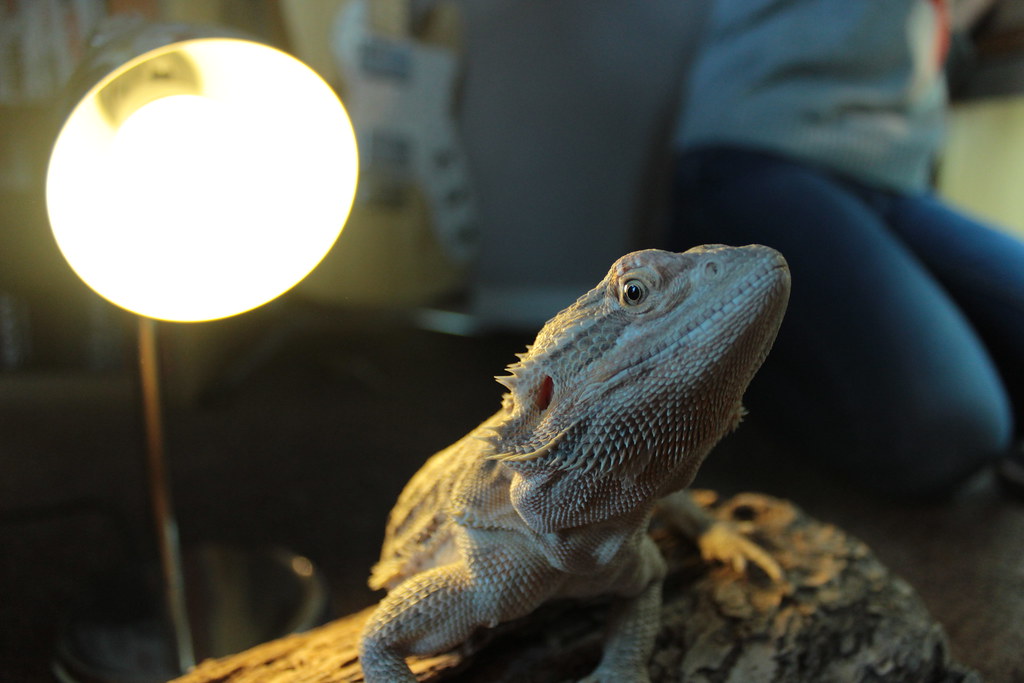
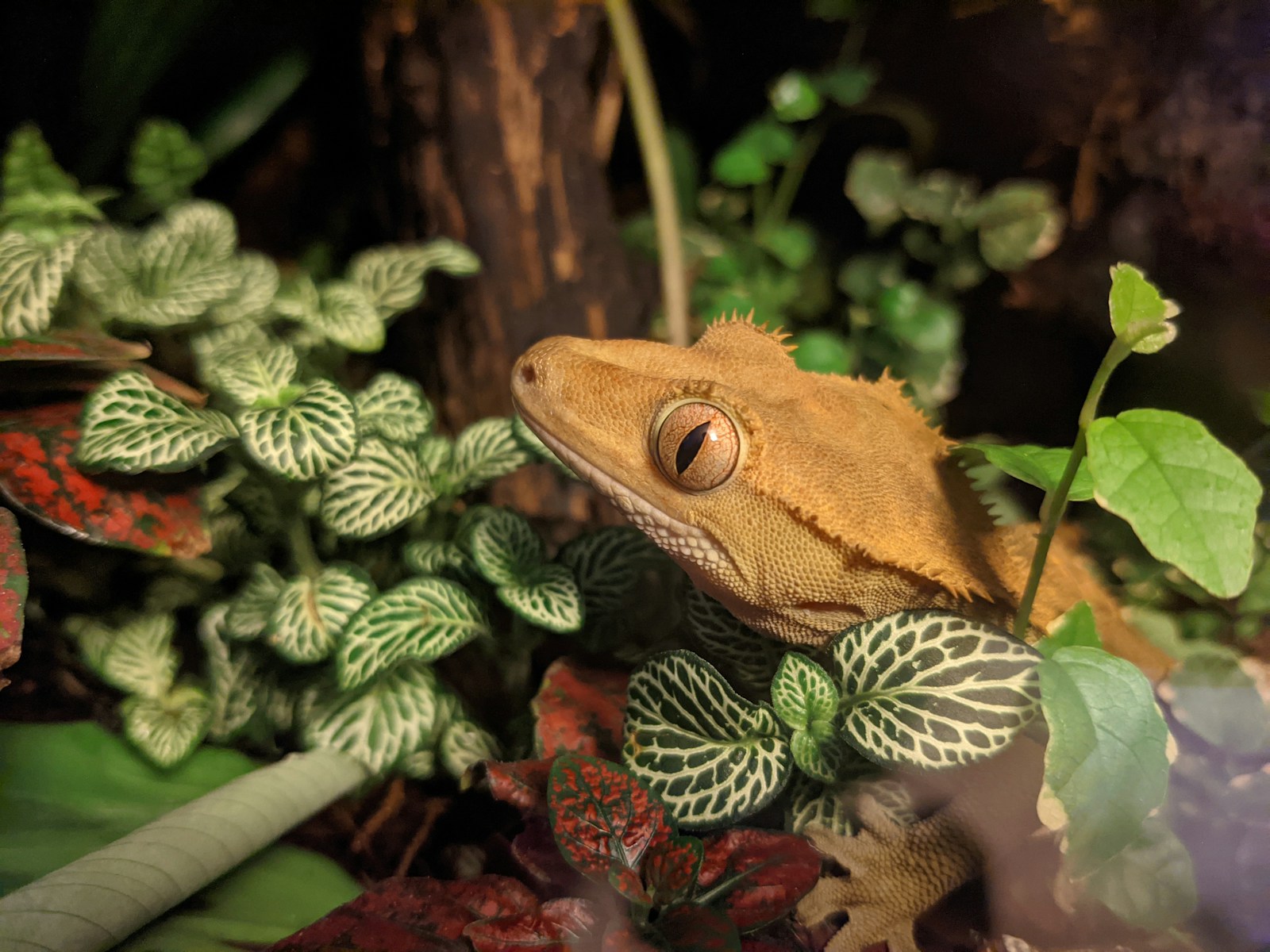

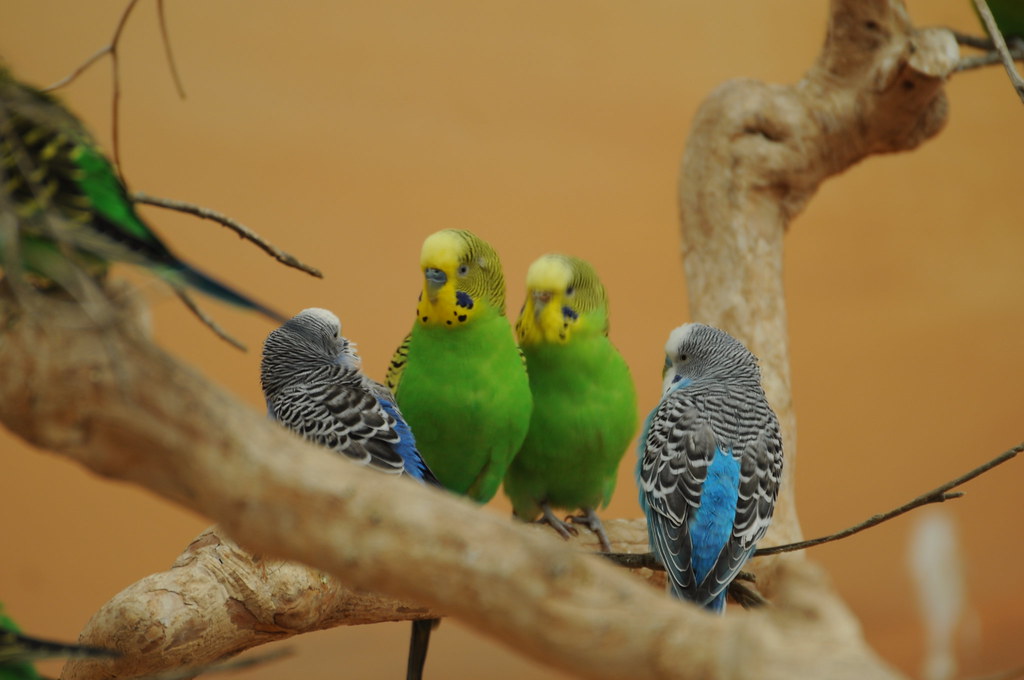

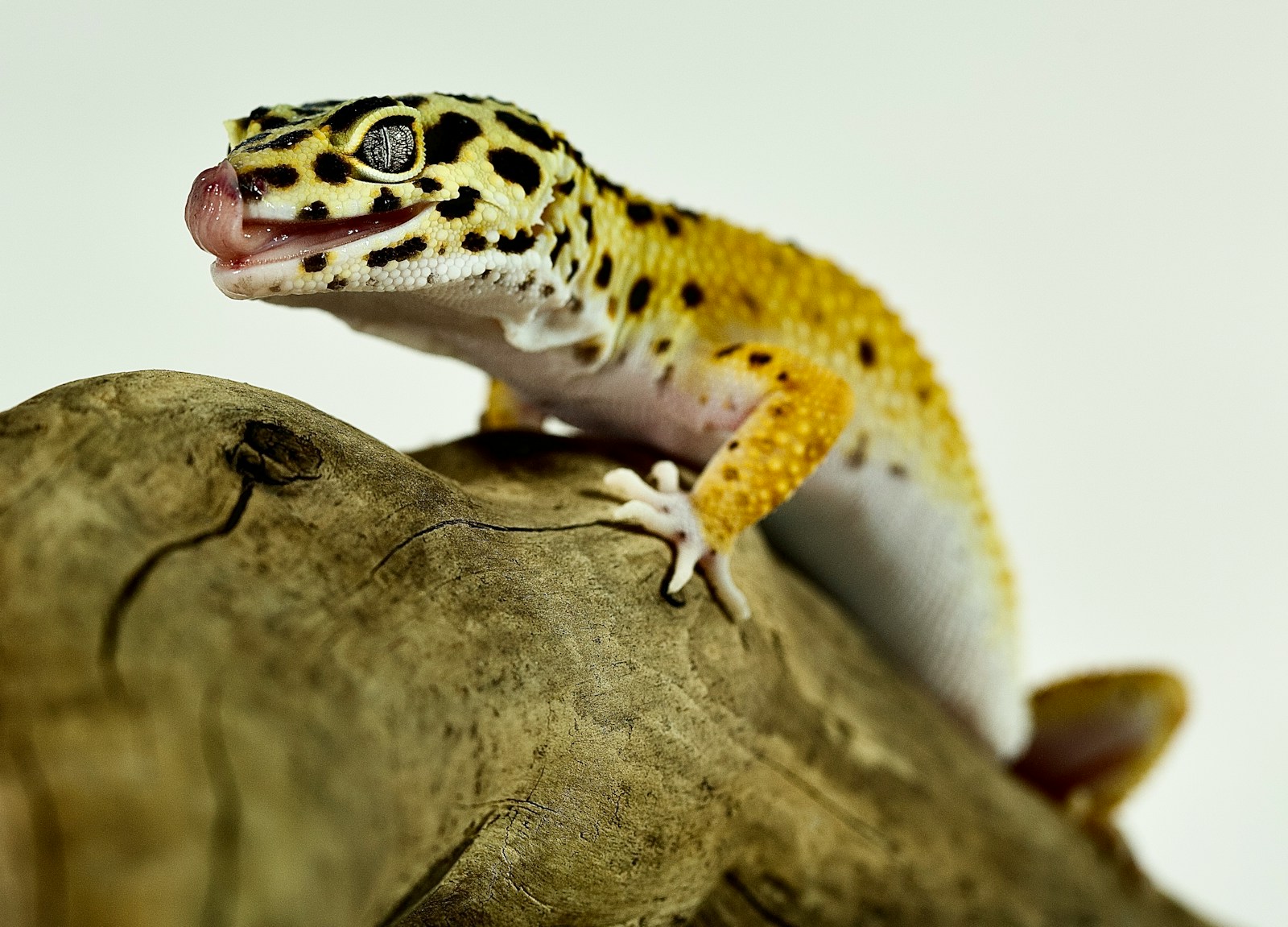

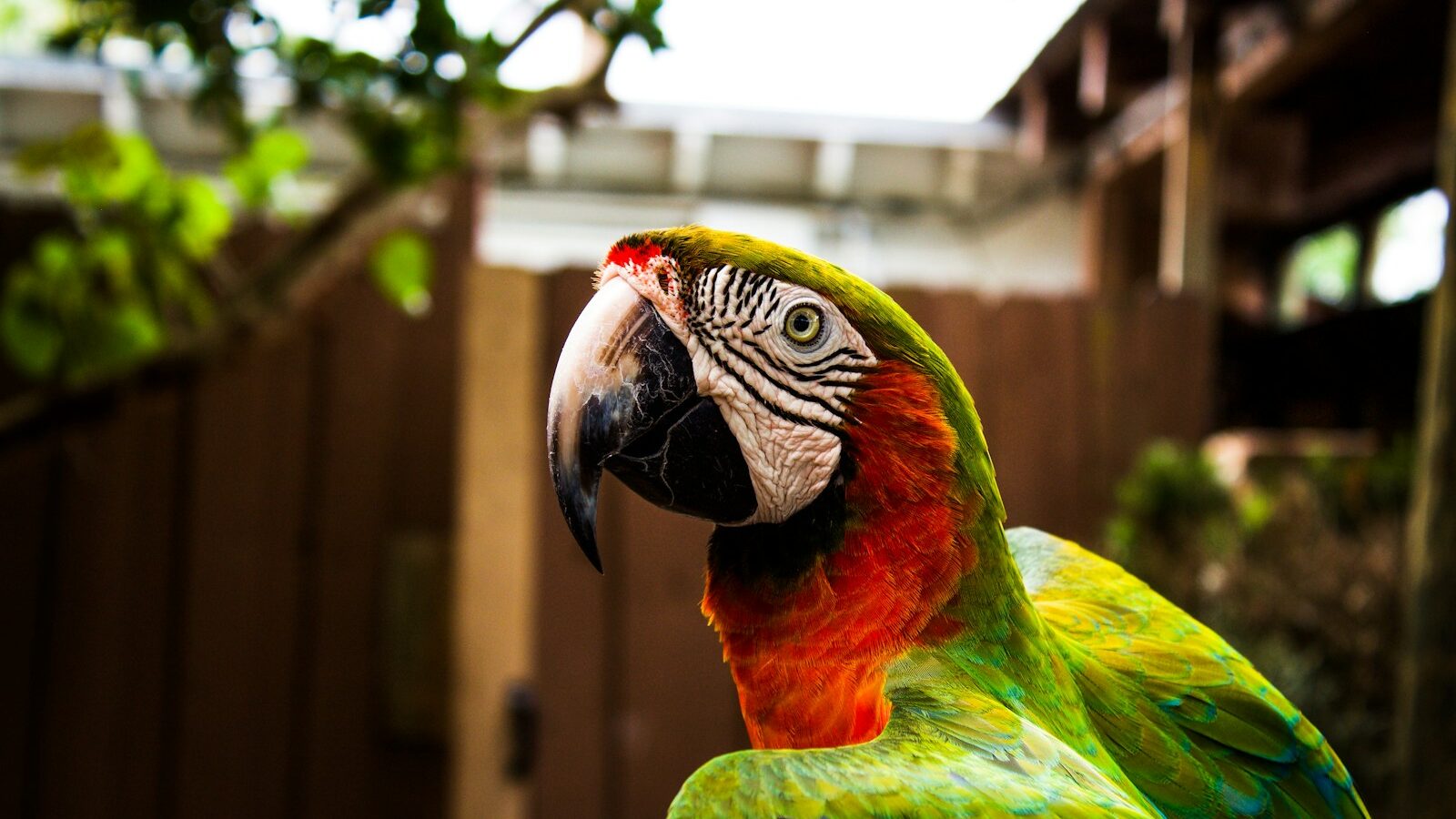
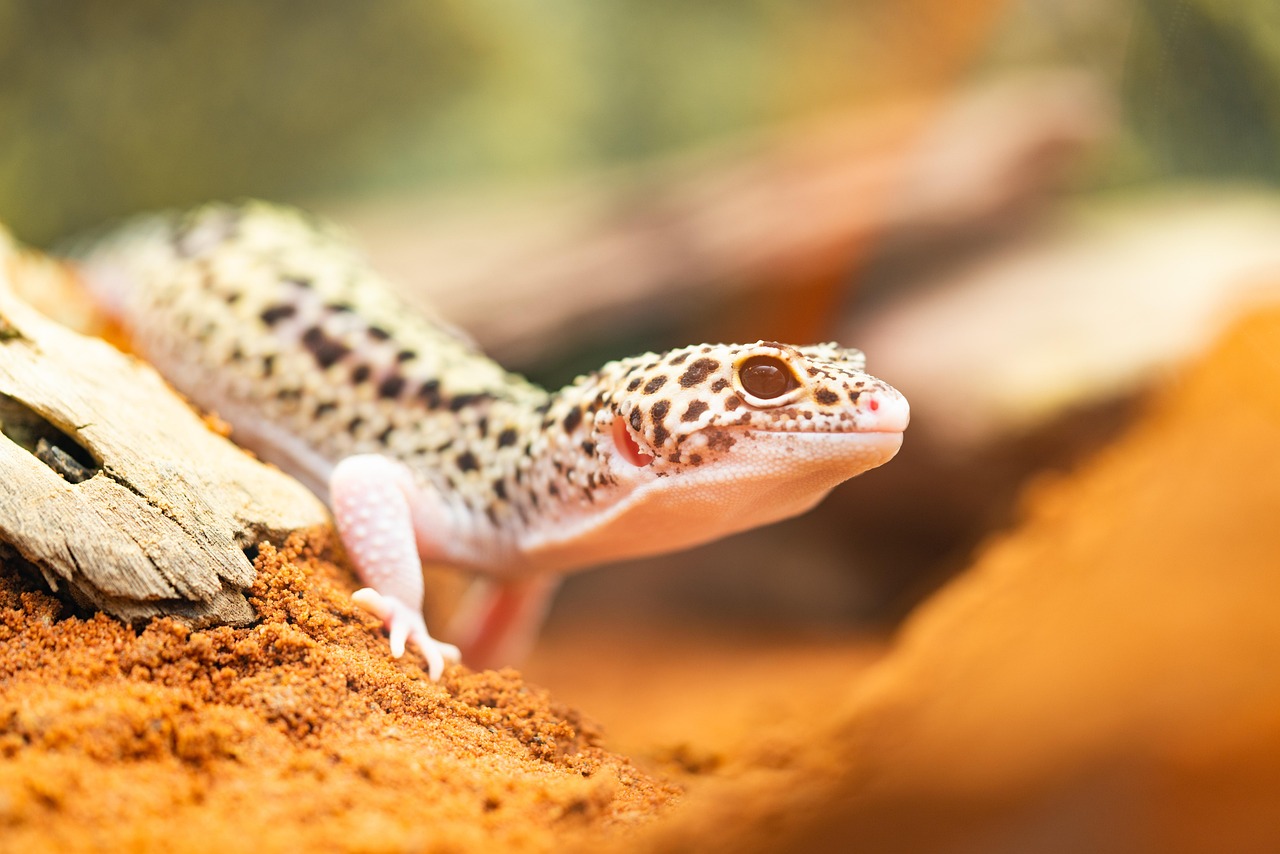
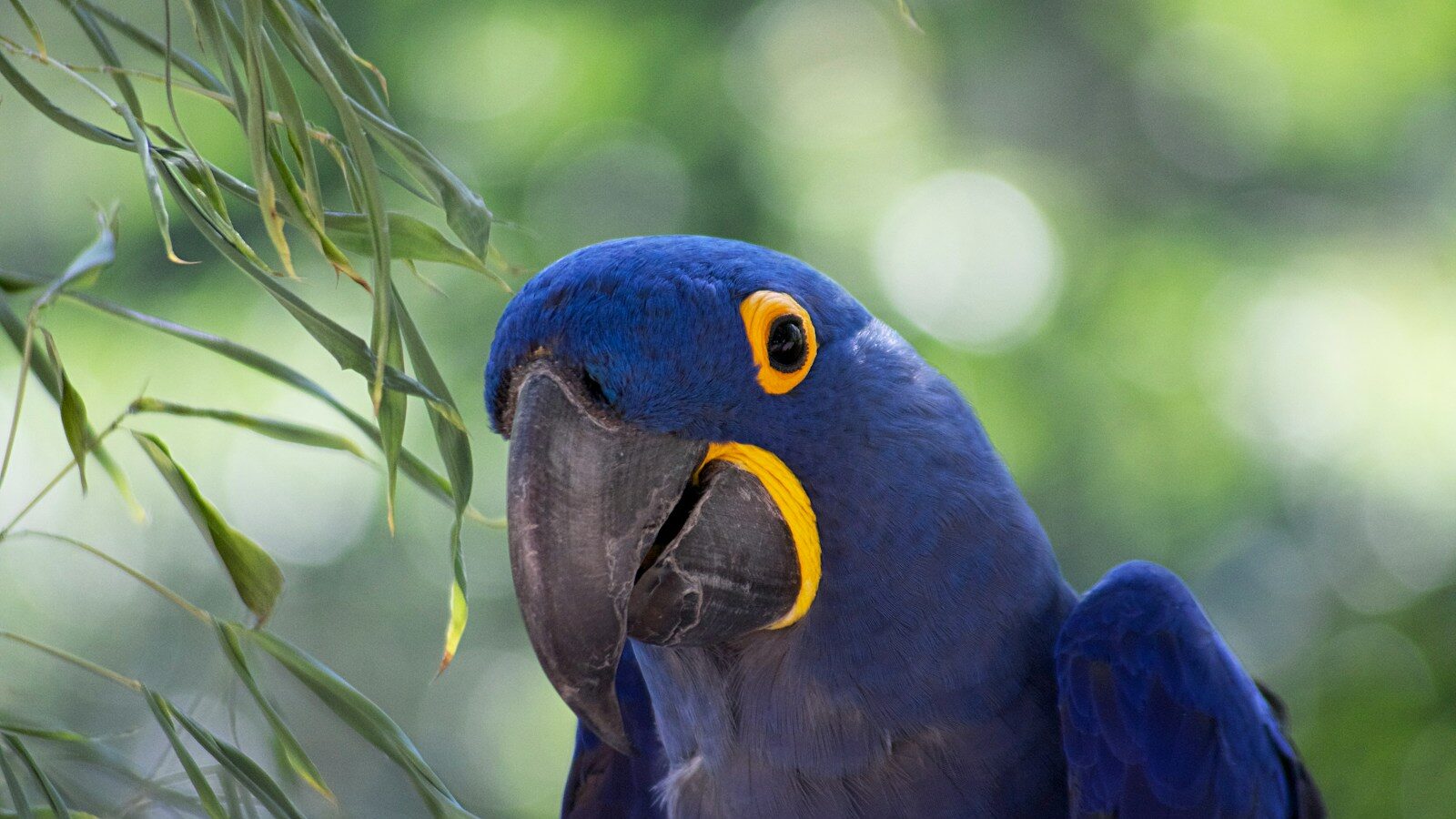

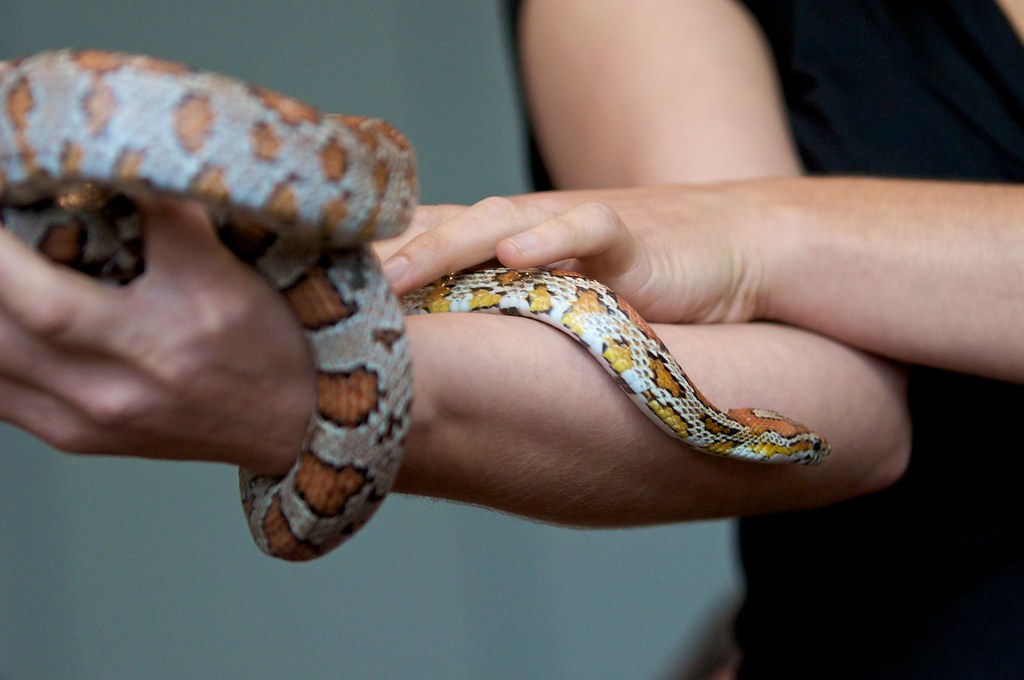

Leave a Reply